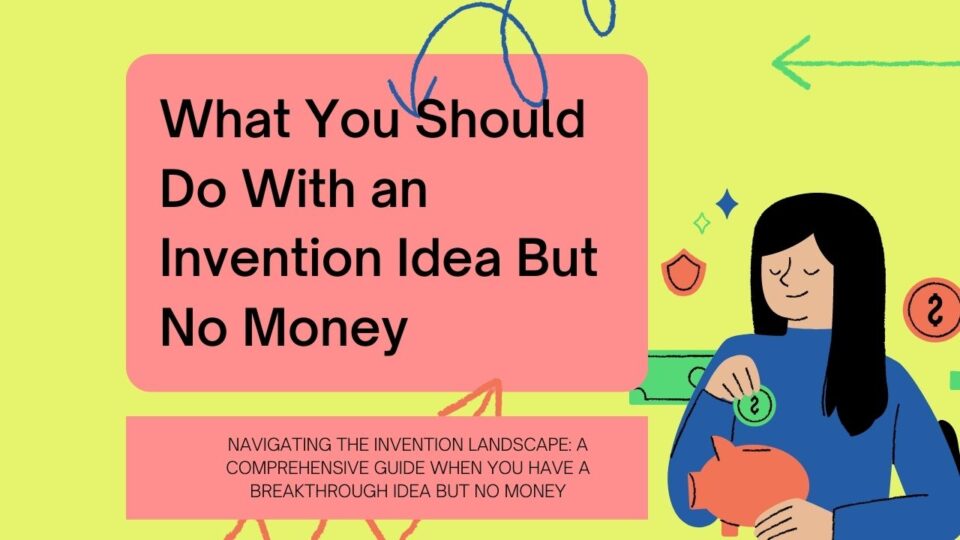Navigating the Invention Landscape: A Comprehensive Guide When You Have a Breakthrough Idea but No Money
Innovation lies at the heart of human progress. However, financial constraints often pose a challenge to budding inventors. Fear not, this guide provides comprehensive steps to navigate the invention landscape even when money is tight. Let’s delve in and harness your creativity!
Understanding the Invention Landscape
Understanding the environment you’re venturing into is crucial. An invention idea without money can still thrive if navigated strategically through the vast invention landscape.
Market Research
Your invention needs a market to thrive. Determine the demand for your idea before investing time and resources.
- Industry analysis: Understand the dynamics of the industry you’re entering. Study market trends and key players to identify gaps your invention could fill.
- Competitive analysis: Evaluate existing solutions and how your invention offers a superior or different approach.
Feasibility Study
Is your invention technically feasible? Can it be produced at a cost that makes it commercially viable?
- Technical feasibility: Analyze if existing technology can support your invention.
- Financial feasibility: Determine the potential profitability of your invention. If you can make it for less than what customers are willing to pay, you’ve got a potential winner!
Protecting Your Invention: The Importance of Patents
Next is safeguarding your invention. With minimal investment, patents provide inventors legal protection against unauthorized replication or use of their inventions.
Filing a Provisional Patent Application
A Provisional Patent Application (PPA) offers temporary protection for a year at a lower cost. This protection gives inventors time to further develop their invention, secure funding, or gauge market interest.
Effective Low-Budget Prototyping
A prototype brings your idea to life, allowing potential investors to see, touch, and understand your invention.
Creating a Basic Prototype
Build a basic model using easily accessible materials. This initial prototype doesn’t need to function perfectly but should adequately illustrate your invention’s purpose and potential.
Virtual Prototyping
Digital platforms allow inventors to create 3D models of their invention. These virtual prototypes are cost-effective and excellent for demonstrating your idea to potential investors.
Leveraging Crowdfunding Platforms
Crowdfunding platforms provide an excellent opportunity to raise funds while validating market demand for your invention.
Preparing a Strong Crowdfunding Campaign
- Compelling Story: Narrate the journey of your invention. People love backing a compelling story!
- Rewards: Offering rewards to backers can significantly boost your campaign. Early access, discounts, or even a simple thank you note can make a difference.
Engaging with Incubators and Accelerators
Incubators and accelerators can offer financial support, mentorship, and networking opportunities to take your invention to the next level.
Choosing the Right Program
Consider the industry focus, location, and the value-added services an incubator or accelerator offers before making a decision.

